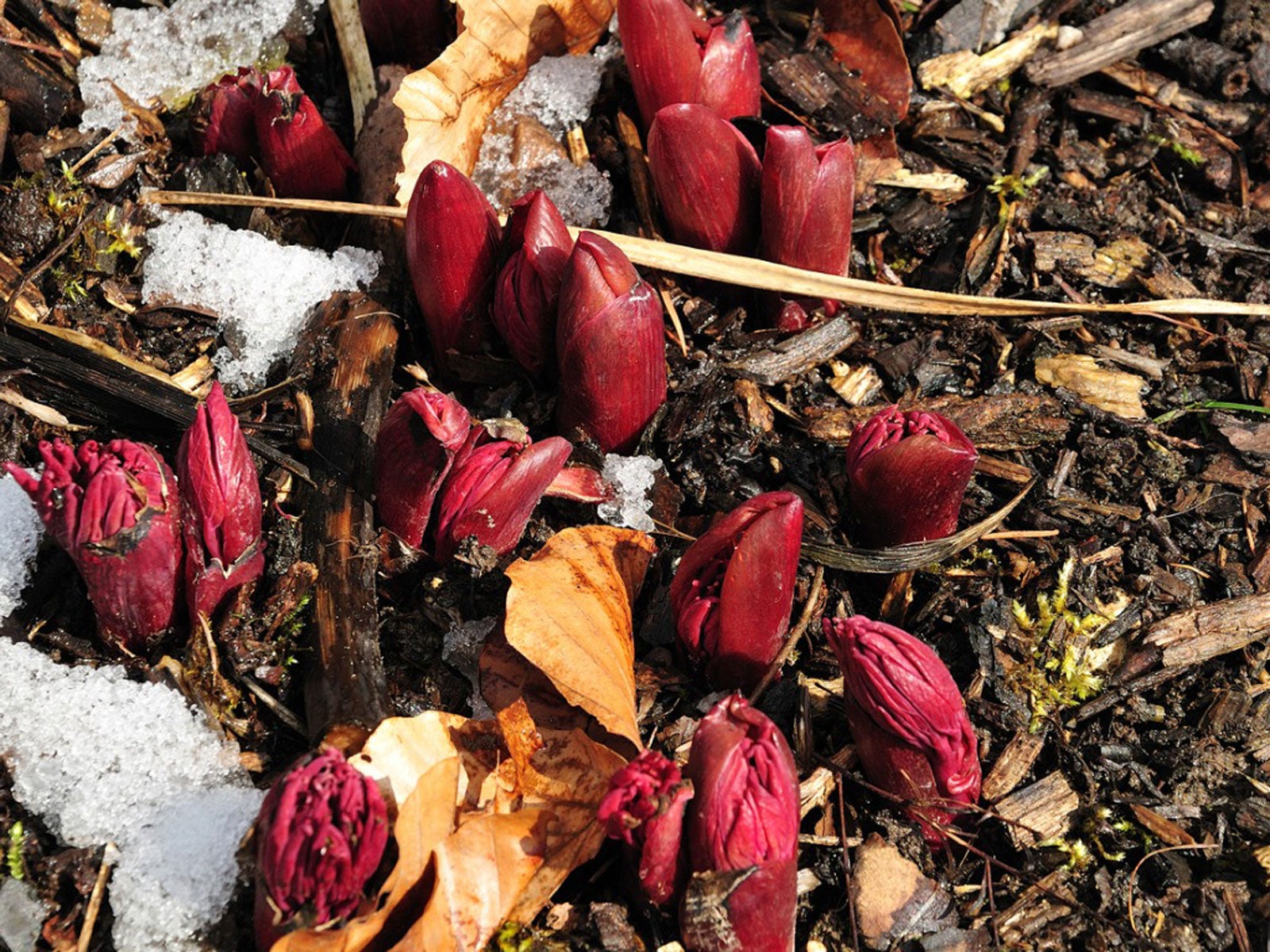Chilling Peonies: What Are Peony Chill Hours


Peonies are a classic landscape plant. Frequently found near old farmhouses, established peony bushes can return for decades. With colors ranging from white to deep pink red, it is easy to see why peony plants remain a popular choice. Though the plants are generally easy to grow, there will be considerations when deciding to plant peony bushes.
Most important among these is the need for proper climate, include chilling. Choosing the correct variety and growing location will be key in establishing a thriving peony planting.
Peony Chill Hours
Peony plants grow best in regions with periods of cold weather during the winter months. Before planting peonies, examine the specifics of your growing zone and determine whether or not it is suitable. Most peonies will grow well in USDA growing zones 3 through 8 where they will receive the required amount of “chill hours.”
Simply, chill hours refers to the amount of time that the plants are exposed to cooler temperatures throughout the winter, most often between 32 degrees F. (0 C.) and 40 degrees F. (4 C.). These hours accumulate until spring arrives and may differ greatly from one region to another. Without proper chilling, peonies will fail to set blooms.
How Much Cold Do Peonies Need?
With this information in mind, you may be wondering, “How much cold do peonies need?” Peony chill hours can vary from one variety to the next. However, most chill requirements for peonies are around 500 to 1,000 hours.
The number of chill hours in your region can easily be found through the use of online weather calculators. While many northern growers will have no trouble chilling peonies, those living in warmer regions may need to consider choosing varieties that only require low chill hours.
Chilling Peonies
While chilling peonies is best accomplished in the ground, these plants can also be grown in containers. When grown this way, chilling requirements for peonies will still need to be met but can be done by storing the potted plants in a minimally heated space which does not freeze.
Sign up for the Gardening Know How newsletter today and receive a free copy of our e-book "How to Grow Delicious Tomatoes".
Chilling is imperative in ensuring the growth of healthy, vibrant plants the following growing season.

Tonya Barnett has been gardening for 13 years. Flowers are her passion. She has transformed her backyard into a cut flower garden, which she regularly chronicles on her YouTube channel http://www.youtube.com/@tonyawiththeflowers.